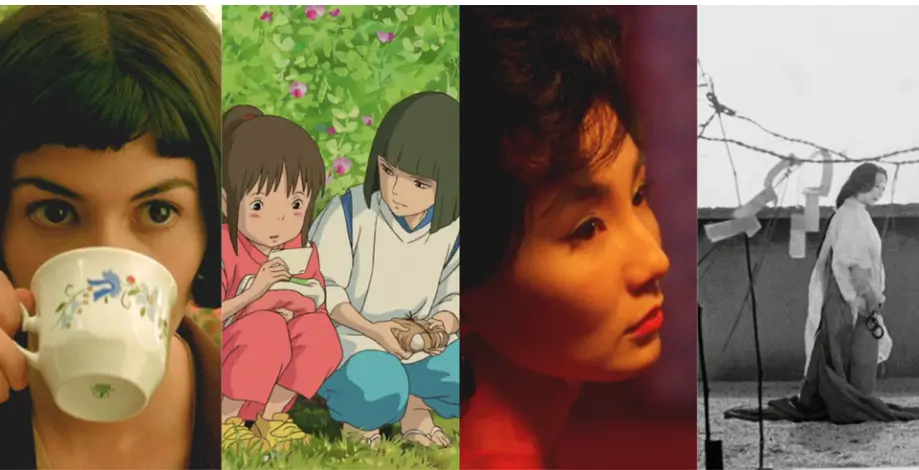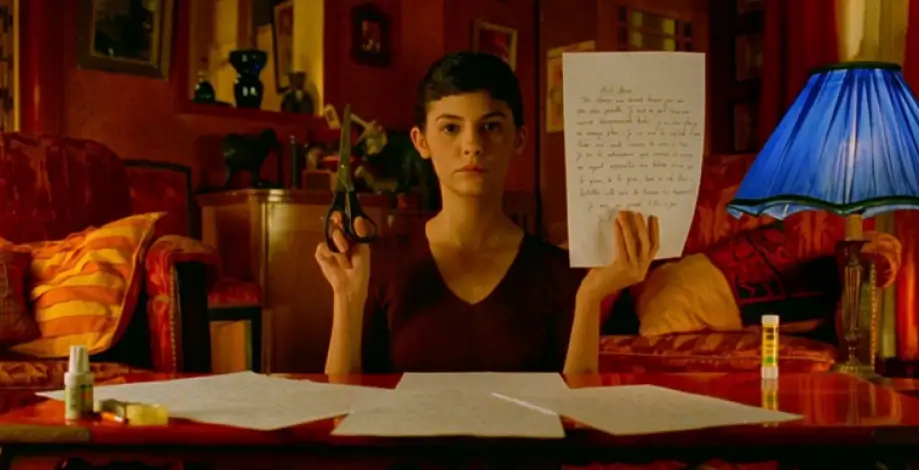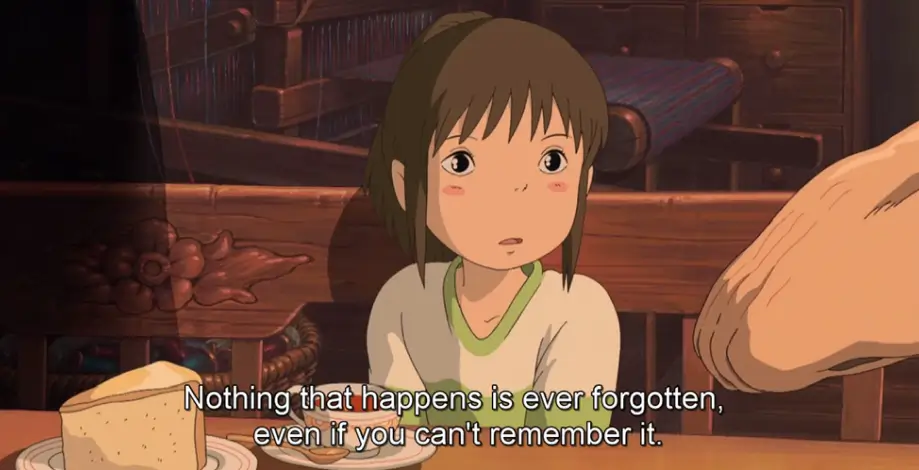
Trinity S. |
May 10, 2024
During the 92nd Academy Awards in 2021, Bong Joon-Ho, the South Korean director of the critically acclaimed film Parasite, mesmerized a global audience with this profound message: “Once you overcome the one-inch-tall barrier of subtitles, you will be introduced to so many more amazing films.” (1) The film won the first non–English language Best Picture in Oscar history. Only three foreign films earned Oscar nominations in the early 1930s to 1940s, specifically during the first two decades of the Academy Awards. (2) As decades passed, major art film movements around the world have taken the industry by storm to rival the dominance of Hollywood films, introducing newer perspectives to witnessing the beauty of life through cinema.
From European romcoms to Asian dramas

When was the last time you watched a foreign film or series? With the proliferation of mass media content right at our fingertips, our choices in consuming such foreign media increase and continue to diversify based on our preferences in appreciating life (e.g., listening to music, eating different cuisines, reading books, etc.). Social media has also made things easier for people to be updated on current trends and fads to surface and influence our ways in consuming content.
Although I prefer to discover new things on my own, watching Amélie (2001) back in high school as part of our curriculum planted the first of many seeds of consuming foreign material not only for personal gain but for academic fulfillment as well. From the elusive multi-perspective fable of Rashomon (1950) to the tumultuous near romance of In the Mood for Love (2000), the sky’s the limit as Asian and European cinema explores and delivers captivating visual genres.
One of the first foreign films that truly captivated me was Hayao Miyazaki’s Spirited Away (2001) that won best animated feature film in the 75th Academy Awards. Many if not all viewers were immersed in a dream-like realm filled with turmoil sprinkled with mythical moments as they witnessed Chihiro, the main protagonist, rescue her parents and escape the spirit world. As culture and traditions bleed through this medium, several avenues can be taken to ensure viewers, at the very least, understand and appreciate diversity in film. What ties them all together is their usage of video subtitles, the simplest yet arguably most effective tool to break language barriers.
What is multimedia localization?
To delve into further detail, subtitling is just one aspect of multimedia localization, the process of adapting multimedia content such as videos, audio recordings, animations, and other interactive presentations for global audiences. Apart from subtitling, major localization efforts under this category include dubbing, voice-overs, audio translations, and many more. These different efforts have specific approaches to conveying languages, culture, and audio-visual context, but all revolve around the primary purpose of making content that we see and hear understandable and known to the public.
Multimedia localization that stands out manages to connect viewers to the source material without leaving too much detail or nuance regarding the elements of the medium. The settings, characters, overall story, and other aspects of a foreign movie, for example, resonates with the viewer because the localization efforts added emphasis and bridged gaps in a world full of differences.
Subtitles: The universal language connectors

Subtitles are textual versions of a film’s dialogue that appear on screen, typically at the bottom, and are synced with the audio to provide viewers with a clear understanding of the spoken content. These are useful for scenarios wherein the viewer’s native language differs from the film’s target language. Apart from this, subtitles help viewers who have hearing impairments better understand foreign accents or dialects spoken throughout the film.
Fundamentally, subtitles enrich the film-watching experience for viewers across the globe by adding context and clarity to their native language. Watching Spirited Away in the original Japanese dub while reading the English subtitles vastly influenced the way I watch and appreciate films now more than ever, and the same can also be said for every other Hayao Miyazaki film.
This form of cultural exchange ensures the overall message of a film is retained and resonates with the viewers without resorting to censorship. Knowing the fact that we can easily tread and overcome gaps between different cultures through subtitled media has inspired me to learn and listen intently on how words flow in another language.
Subtitles: The universal language connectors
Being exposed to localized content that came from different parts of the world made me appreciate life more in ways I could have never imagined. Reminiscing my days as a former student who spent most of her time exploring the world through books and movies has led me to believe that the intricacies of multimedia localization are often overlooked. The efforts of professional translators and interpreters remain unprecedented and deserve recognition as one in a million contribute to an ongoing effort to provide one thing: breaking language barriers across the world.
This is not to say that we remove and rebuild barriers because, realistically speaking, language diversity adds depth to the beauty of human cultures. What matters is that despite numerous cultural differences, we have the privilege to enrich ourselves with knowledge and experiences beyond our upbringings.
References: